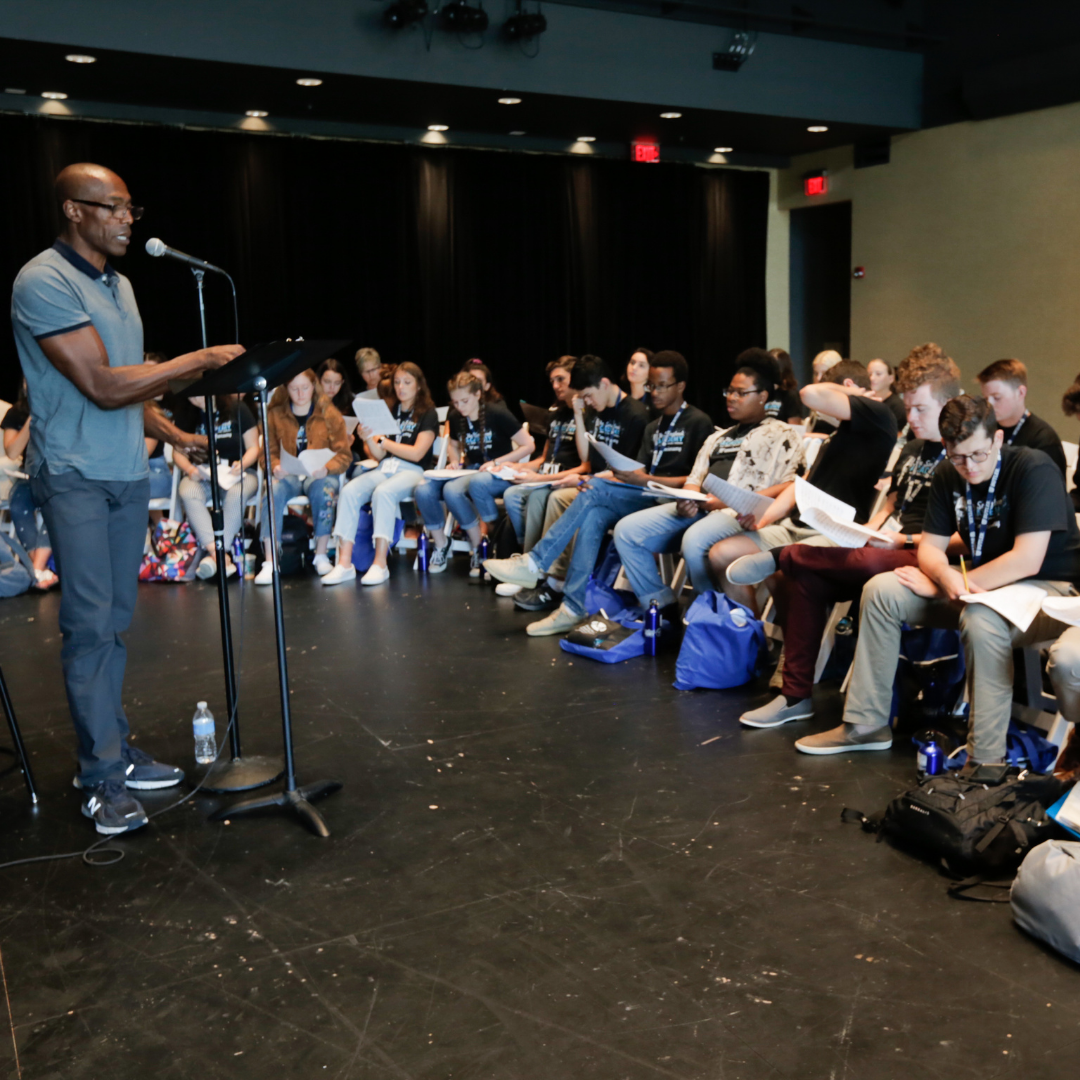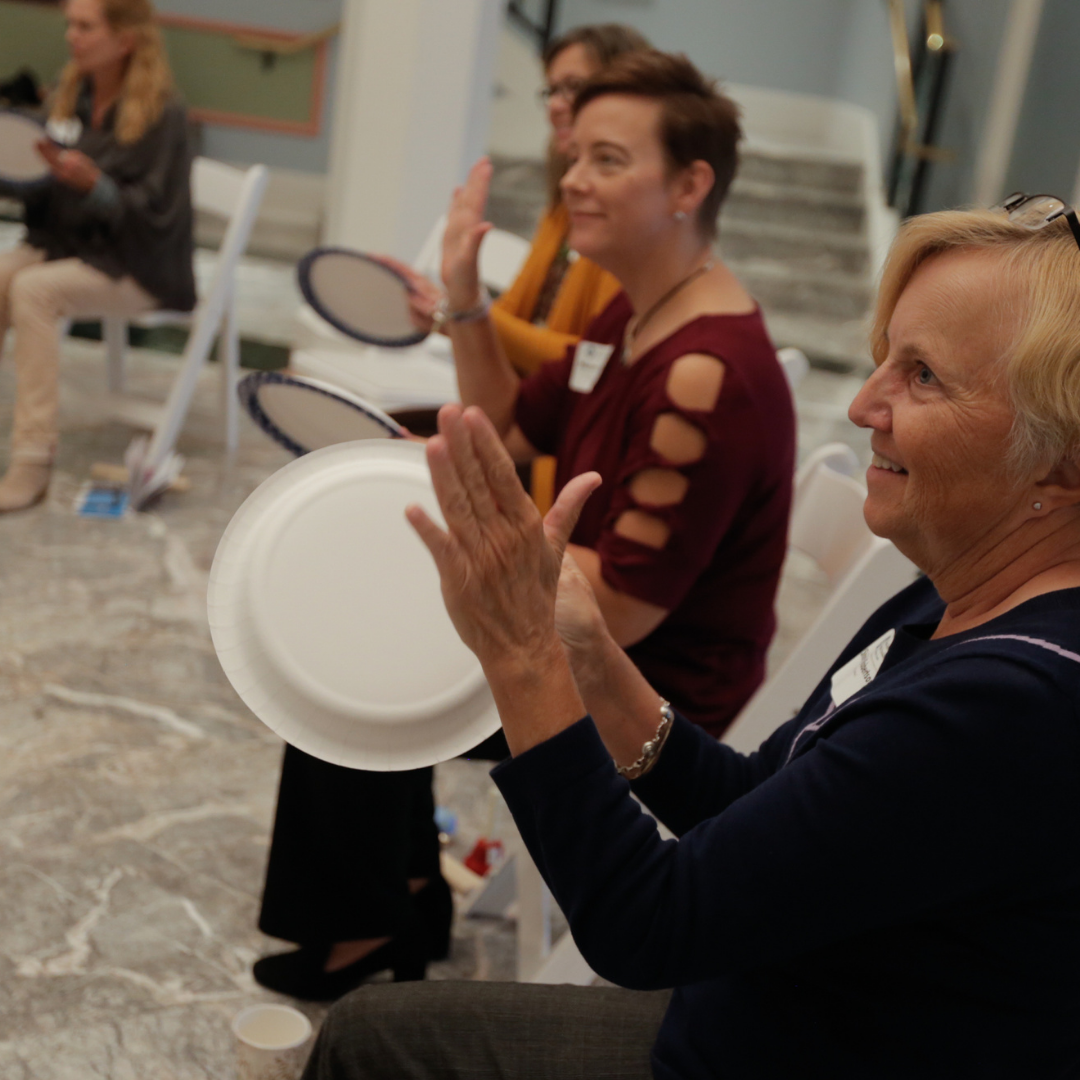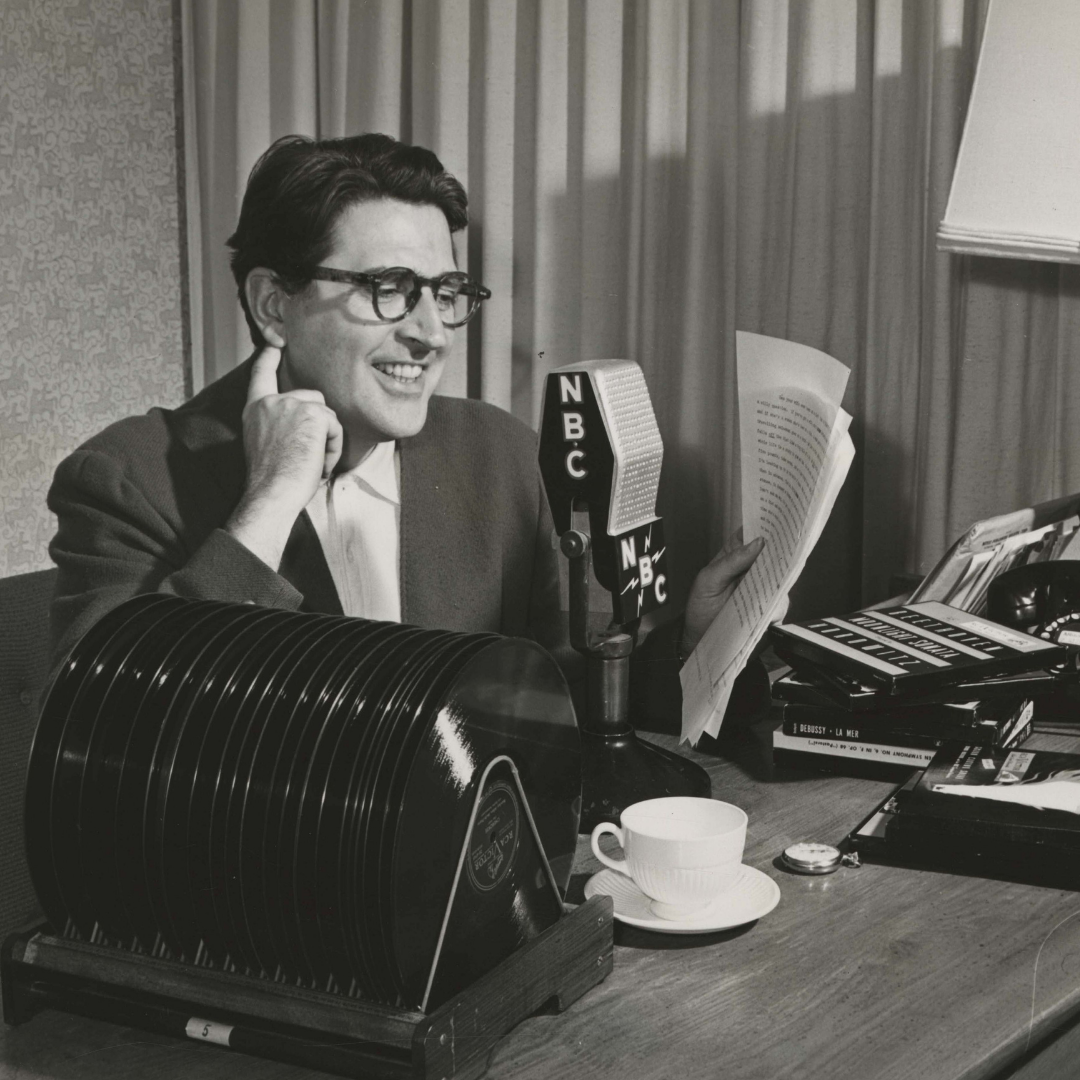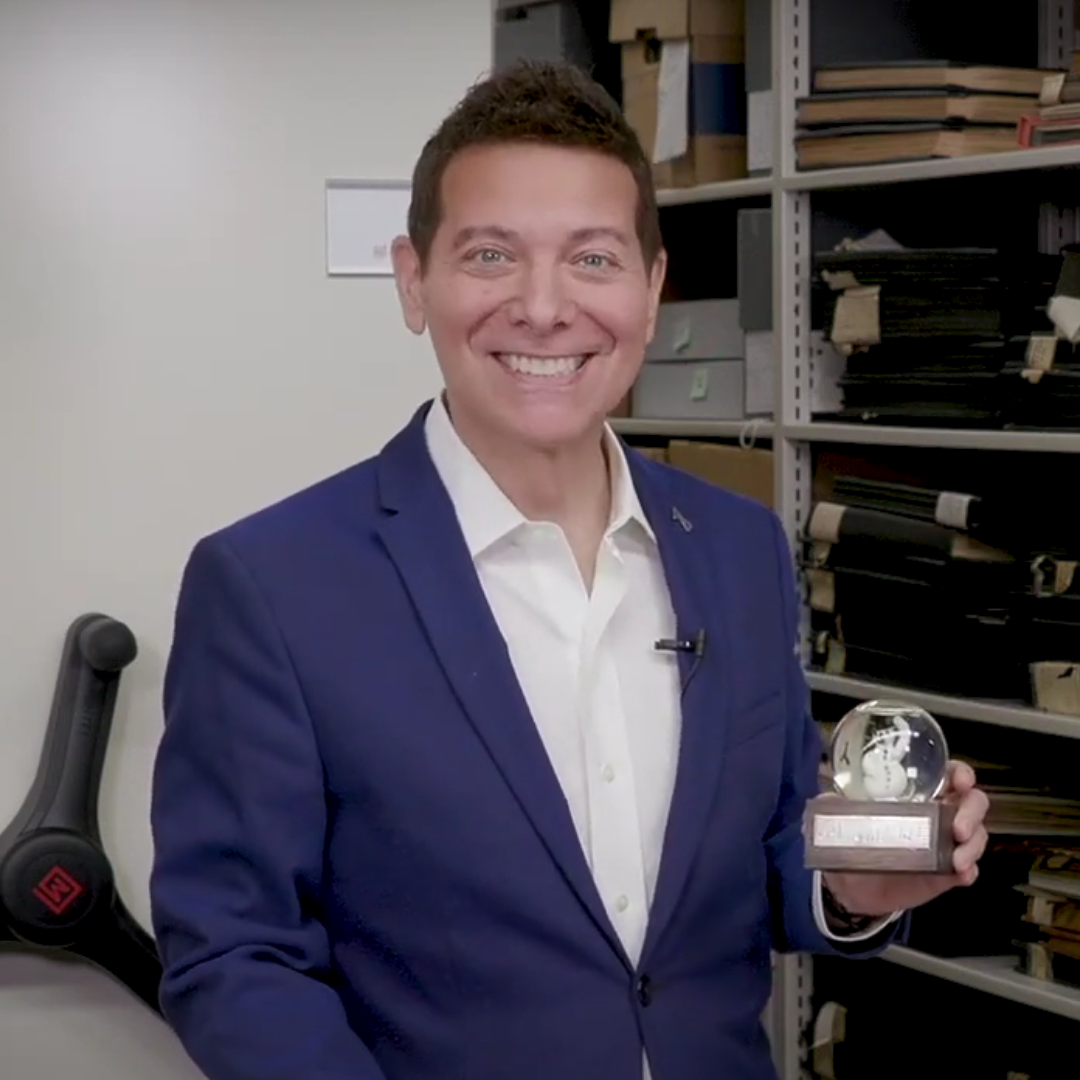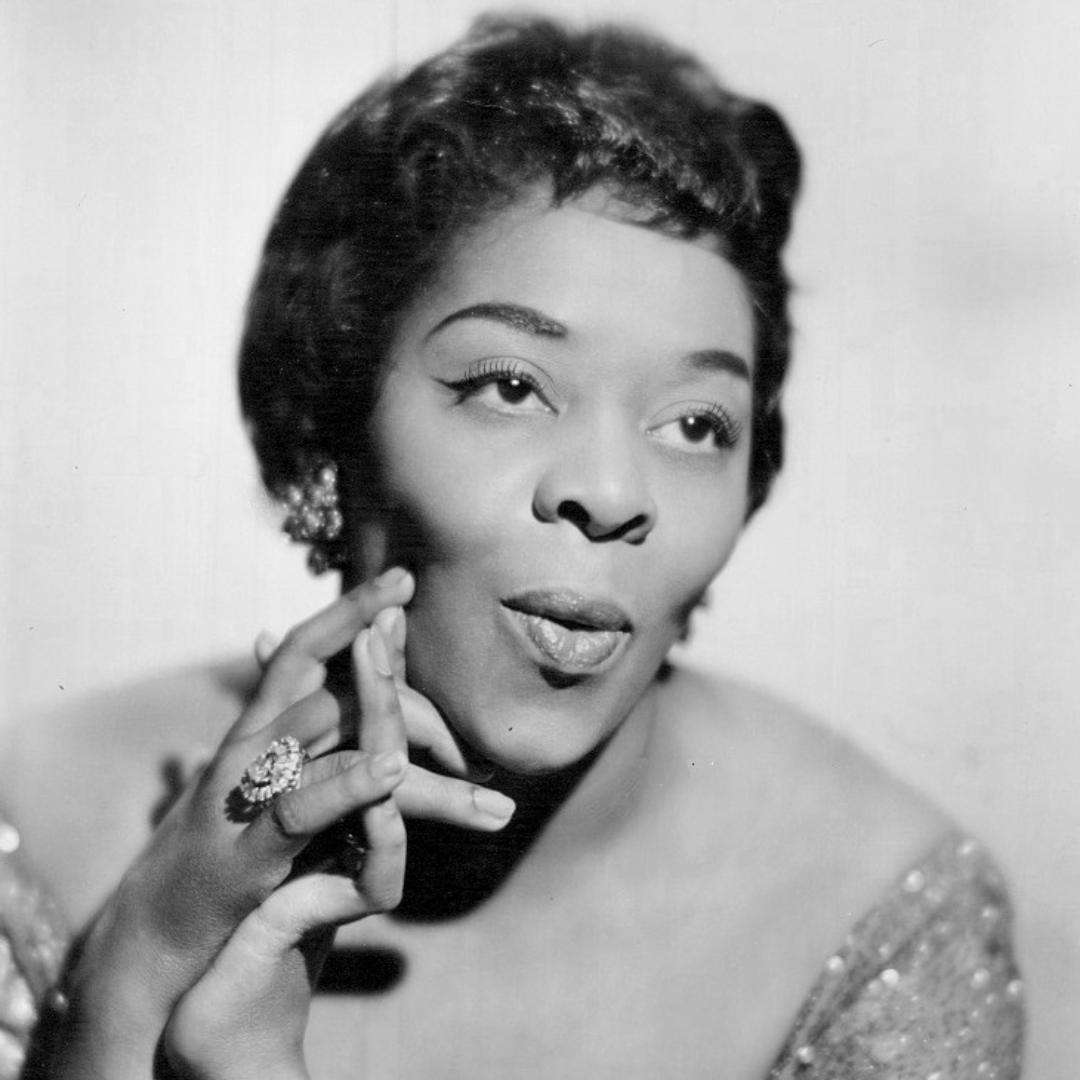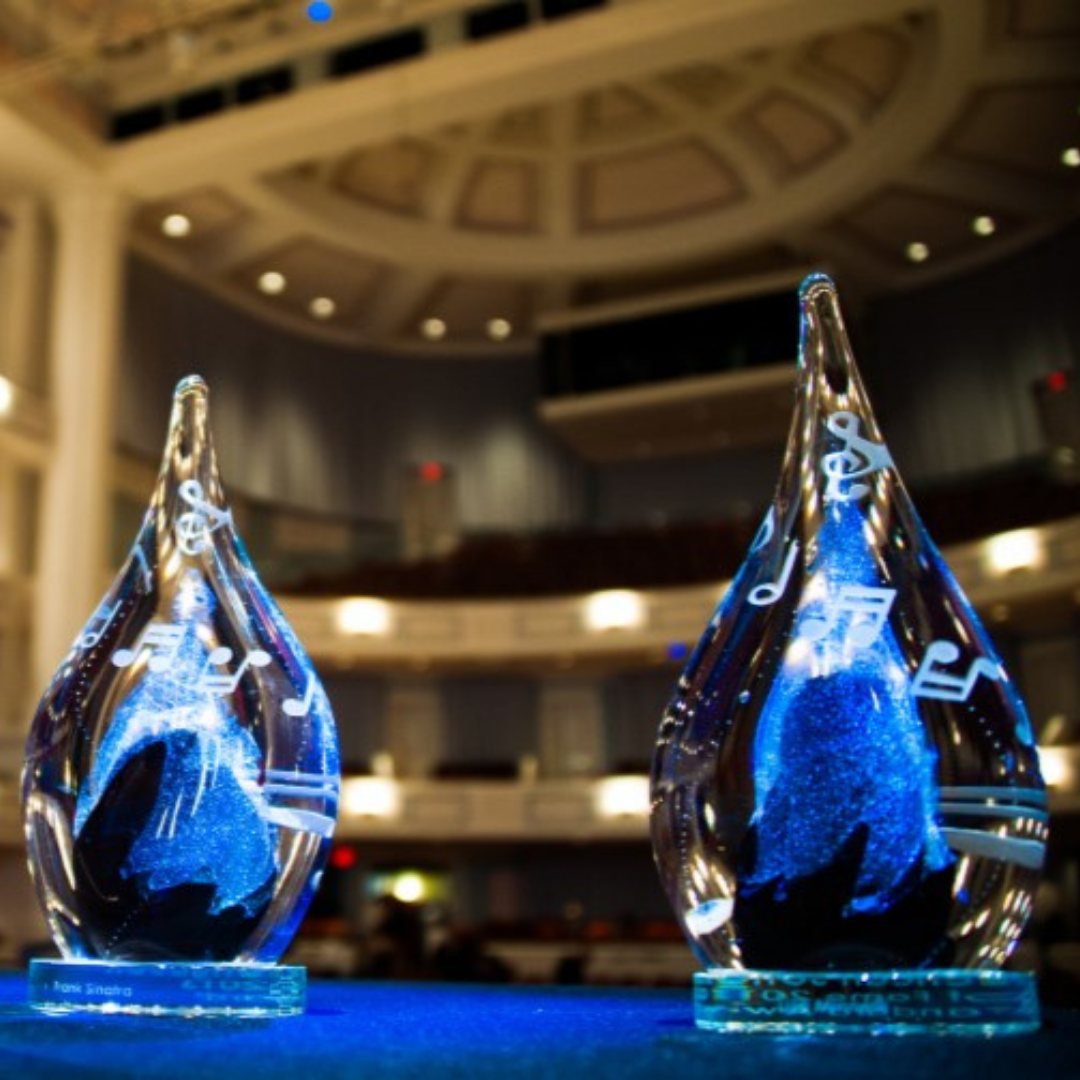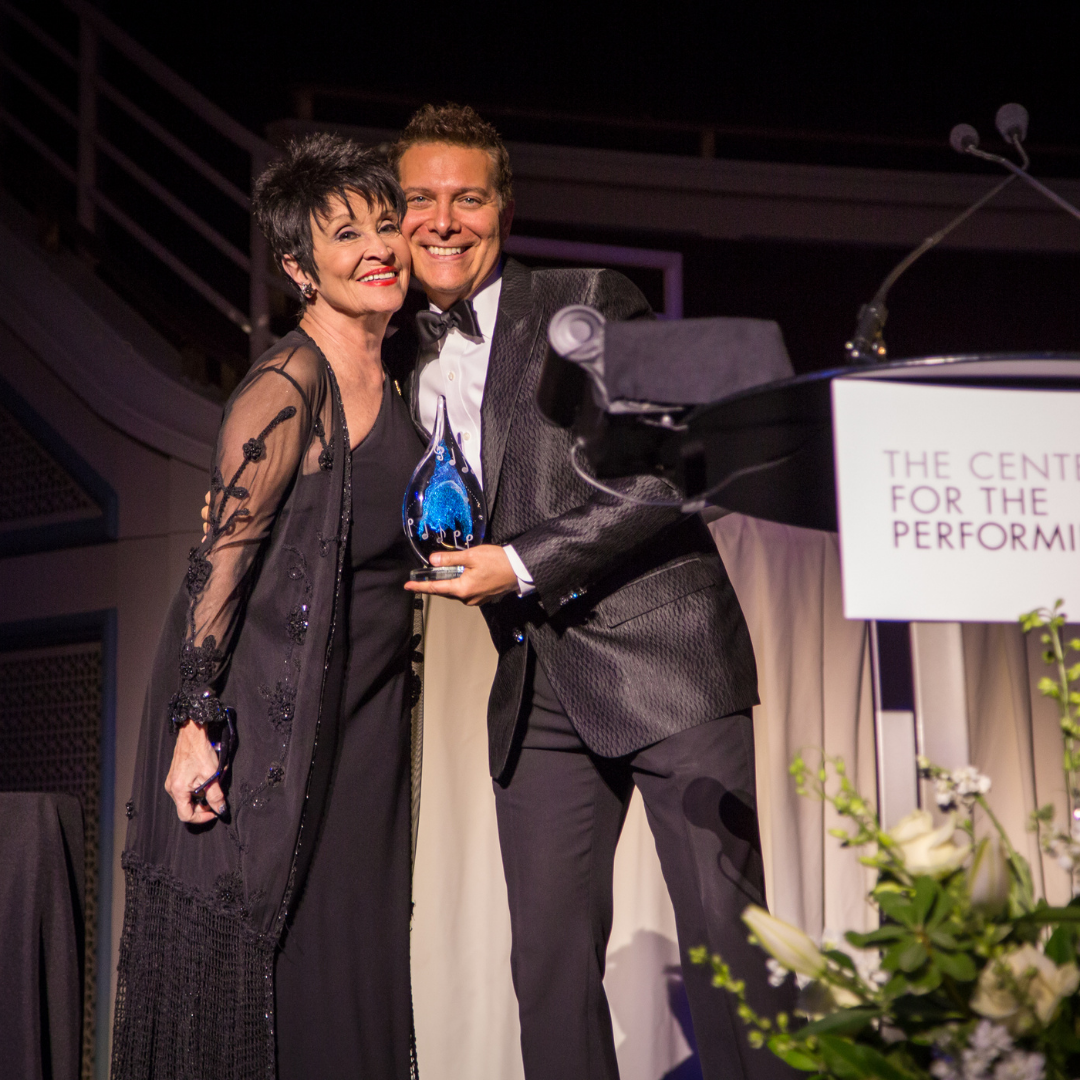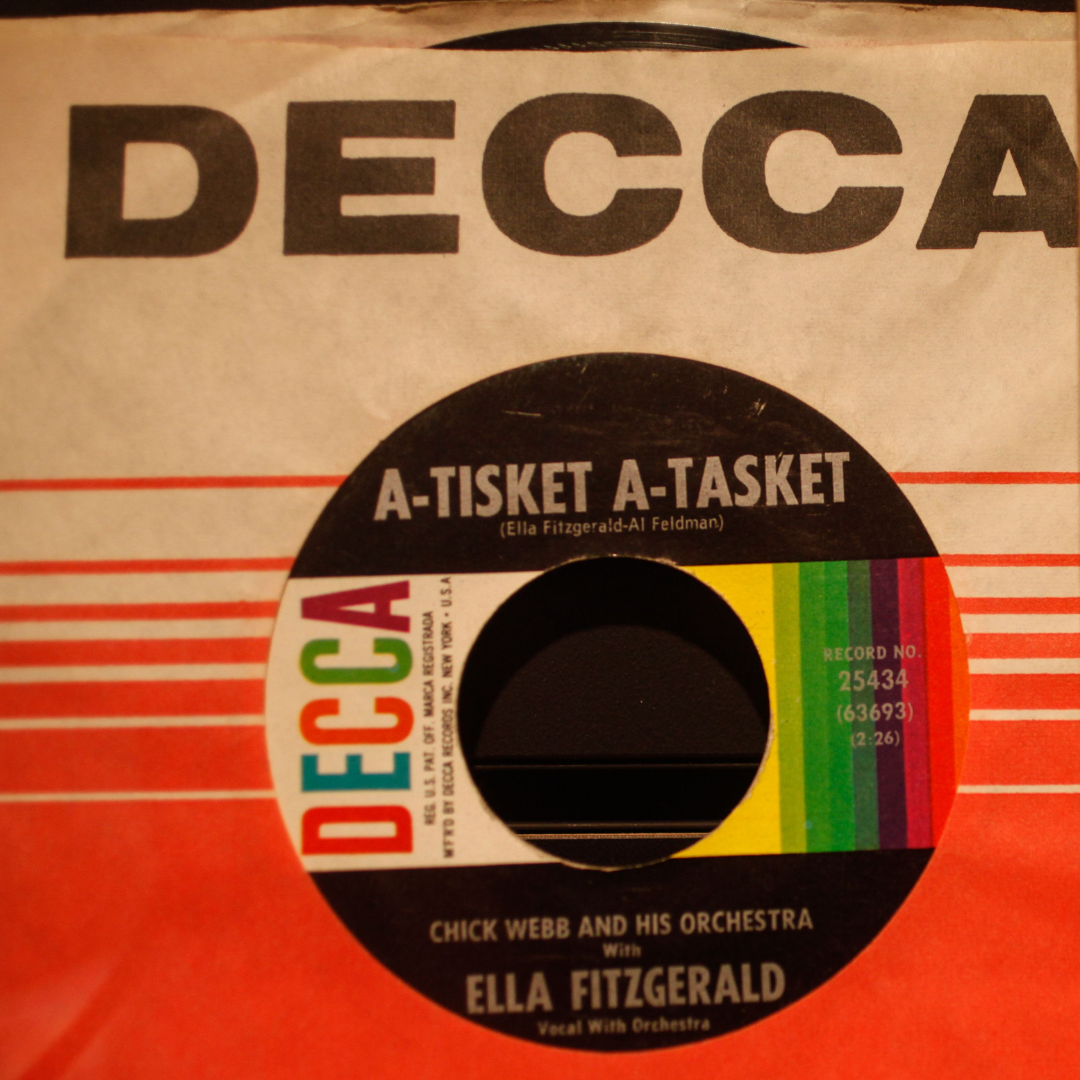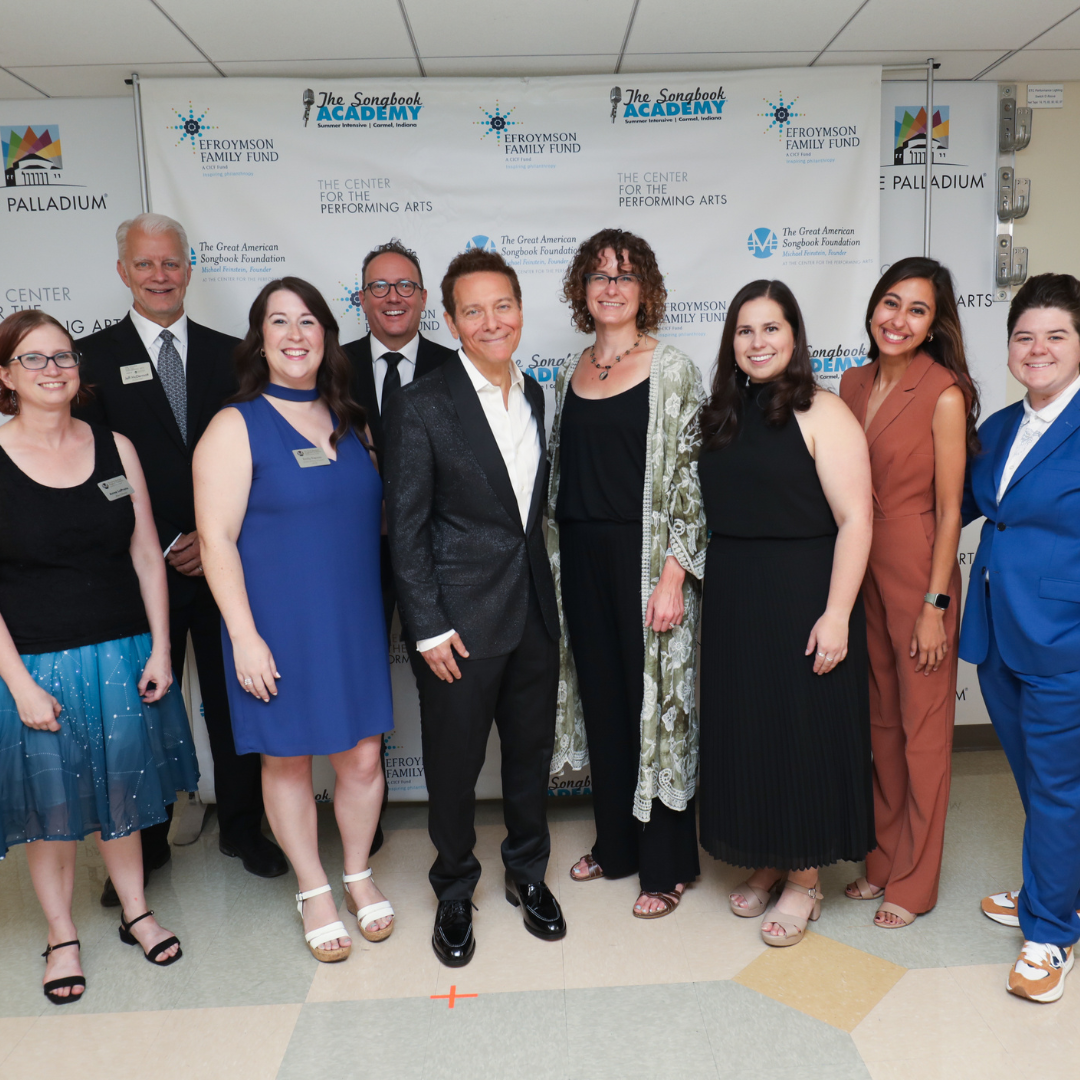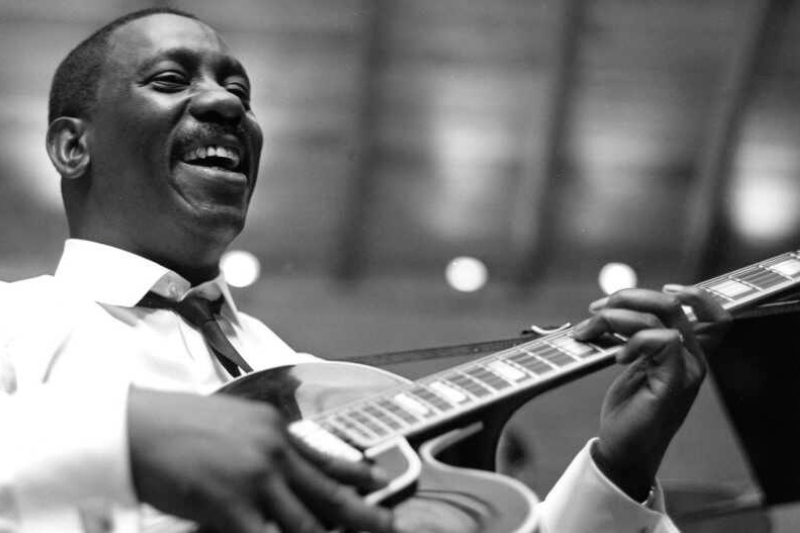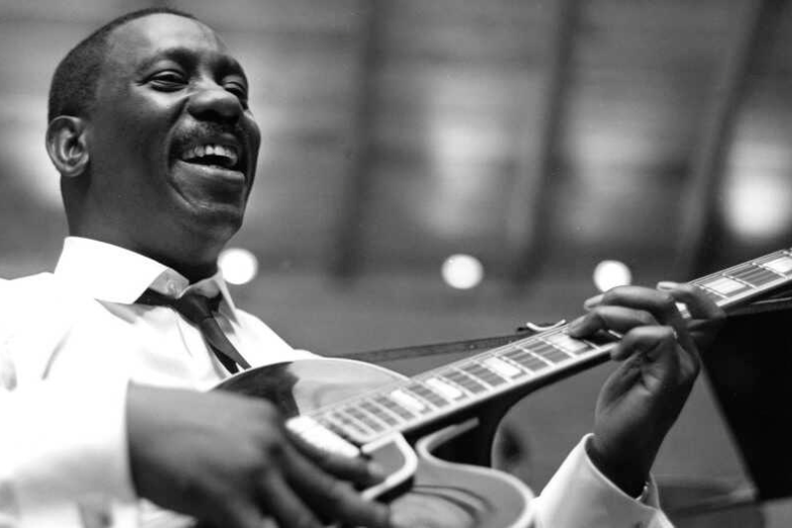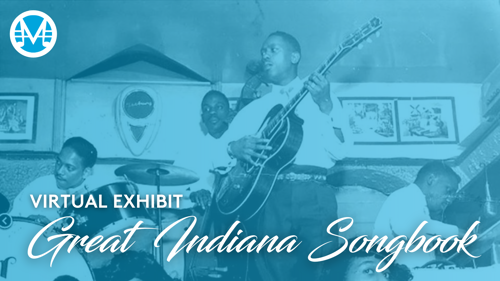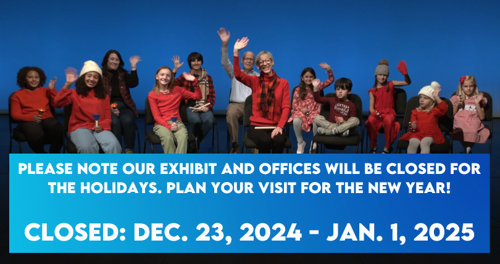Indiana Avenue & Jazz
February 24, 2021
Indiana Avenue began as a small Black artist enclave just to the northwest of downtown Indianapolis. But by the turn of the twentieth century, fueled by mass migrations from the South, it became the cultural heart of Black Indianapolis. Jazz clubs, juke joints, and the famous Madame C. J. Walker building’s theater were vital concert venues for local performers and touring musicians passing through on the “Chitlin’ Circuit.” The Avenue went into a steep decline after World War Two, but its legacy lives on in Indianapolis’s thriving jazz scene.
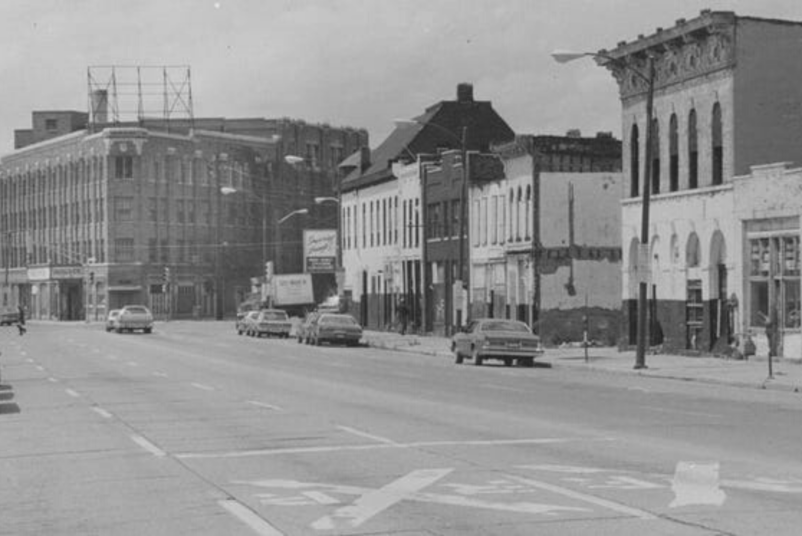
Between the turn of the twentieth century and the 1970s, Indiana Avenue was a home and training ground for jazz, swing, soul, and early R&B performers. Among the thousands of musicians who worked The Avenue, some of the best known are:
John Leslie (Wes) Montgomery, World Famous Jazz Guitarist and Composer was born in Indianapolis, IN on March 6, 1923 and died June 15, 1968. Wes was a self-taught musical genius, who developed his own sound using his thumb and mastering a style playing octaves. This unique talent set him apart in the industry and would become his signature trade mark. Since being a self-taught musician, this would allow for Wes to change the approach to the guitar and become a leader in every genre of music. Wes was known for his warm tones and the ability to make any song sound like his own. Wes Montgomery received a GRAMMY for Going Out of My Head (1966) and for Willow Weep for Me (1969), a GRAMMY Hall of Fame Award for The Incredible Jazz Guitar of Wes Montgomery (1998), and RIAA Gold Album for A Day in the Life. Wes Montgomery's uniqueness and brilliance is an inspiration to musicians both then and now, making him a symbol of Indiana history and Hoosier pride. Learn more about Wes Montgomery.
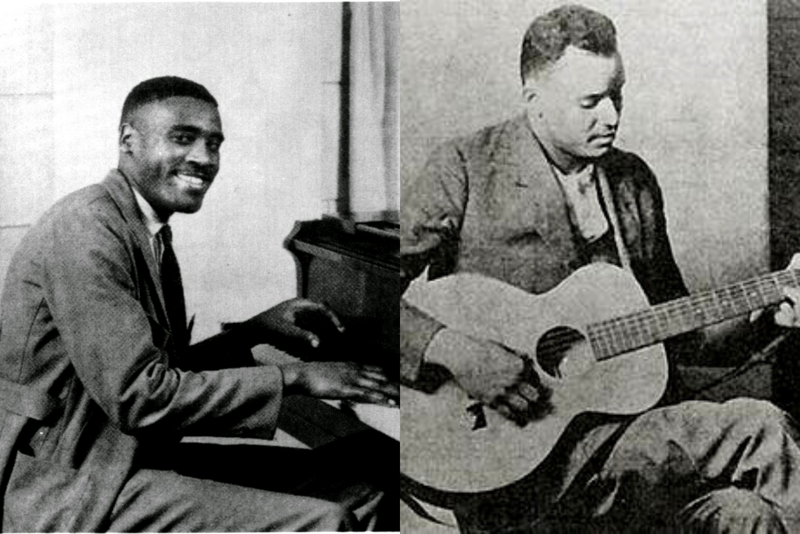
Pianist Leroy Carr (1905-1935) and guitarist “Scrapper” Blackwell (1903-1962), writers of “Naptown Blues” and the early blues standard “How Long Blues”
Born in Nashville, Tennessee in 1905, Leroy Carr moved with his family to Indianapolis in 1912. He learned his craft by listening to musicians in local clubs, then practiced what he heard on his sister’s piano. By 1928, Carr had teamed up with Scrapper Blackwell and the two of them recorded their first major hit, “How Long Blues," a blues standard, for the Vocalion record label. Carr and Blackwell recorded over 100 songs before Carr’s death from alcoholism at the age of 30. Carr’s laid-back singing style and bluesy piano influenced such later performers as Nat King Cole, Ray Charles, and T-Bone Walker.
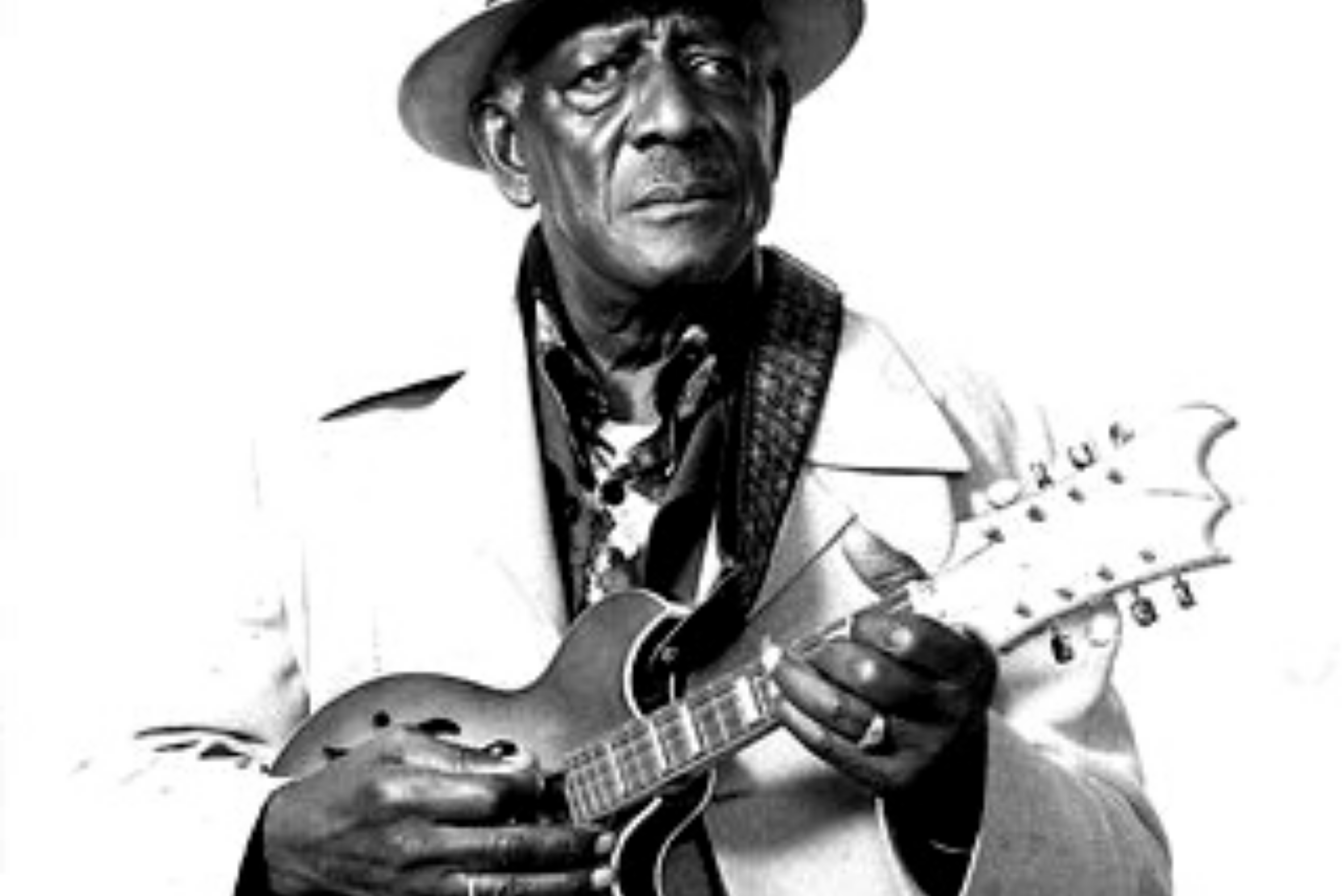
Blues mandolinist “Yank” Rachell (1910-1997), writer of “She Caught the Katy”
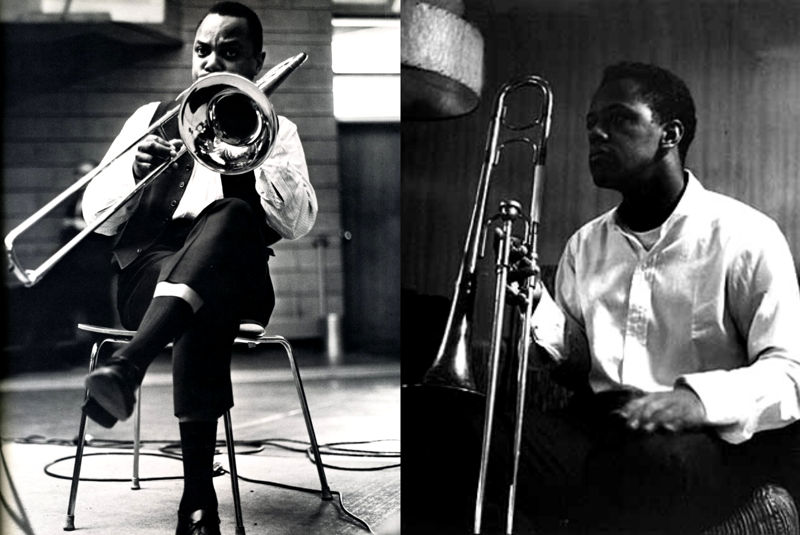
Bebop trombonists J. J. Johnson (1924-2001) and “Slide” Hampton (1932-)
Born into a musical touring family of twelve children known as the Hampton Family Band, Locksley Wellington “Slide” Hampton learned to play the trombone left-handed. The Hampton family settled in Indianapolis, and regularly played the Sunset Ballroom and Cotton Club on Indiana Avenue. Slide and several of his siblings studied at the Jordan School of Music at Butler University, before forming their own orchestra after World War II. Together they played Carnegie Hall, the Apollo Theater, and the Savoy Ballroom in New York. Slide formed his own orchestra in 1962, beginning a distinguished musical career that includes the title of Jazz Master, awarded by National Endowment for the Arts.
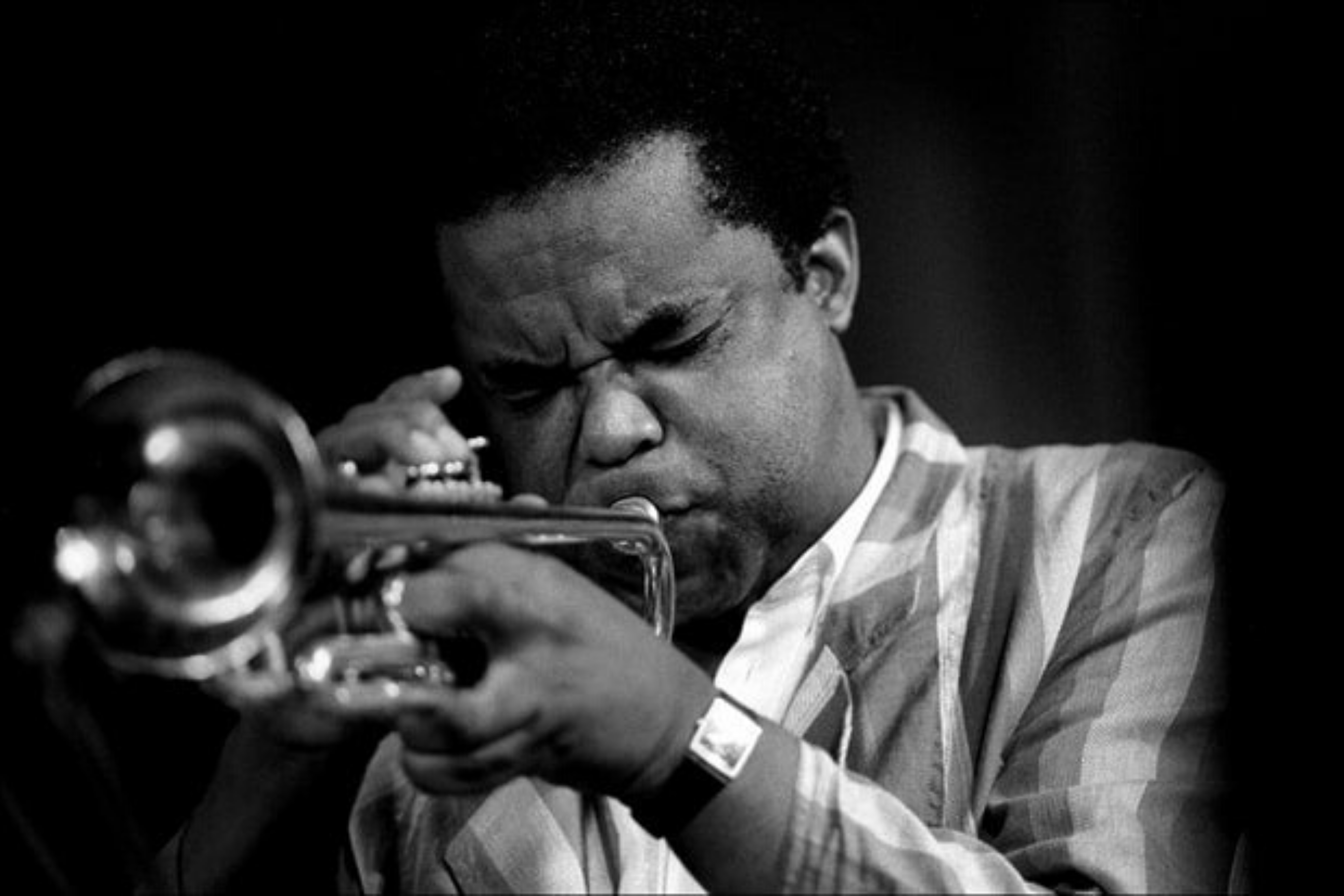
Trumpeter Freddie Hubbard (1938-2008)
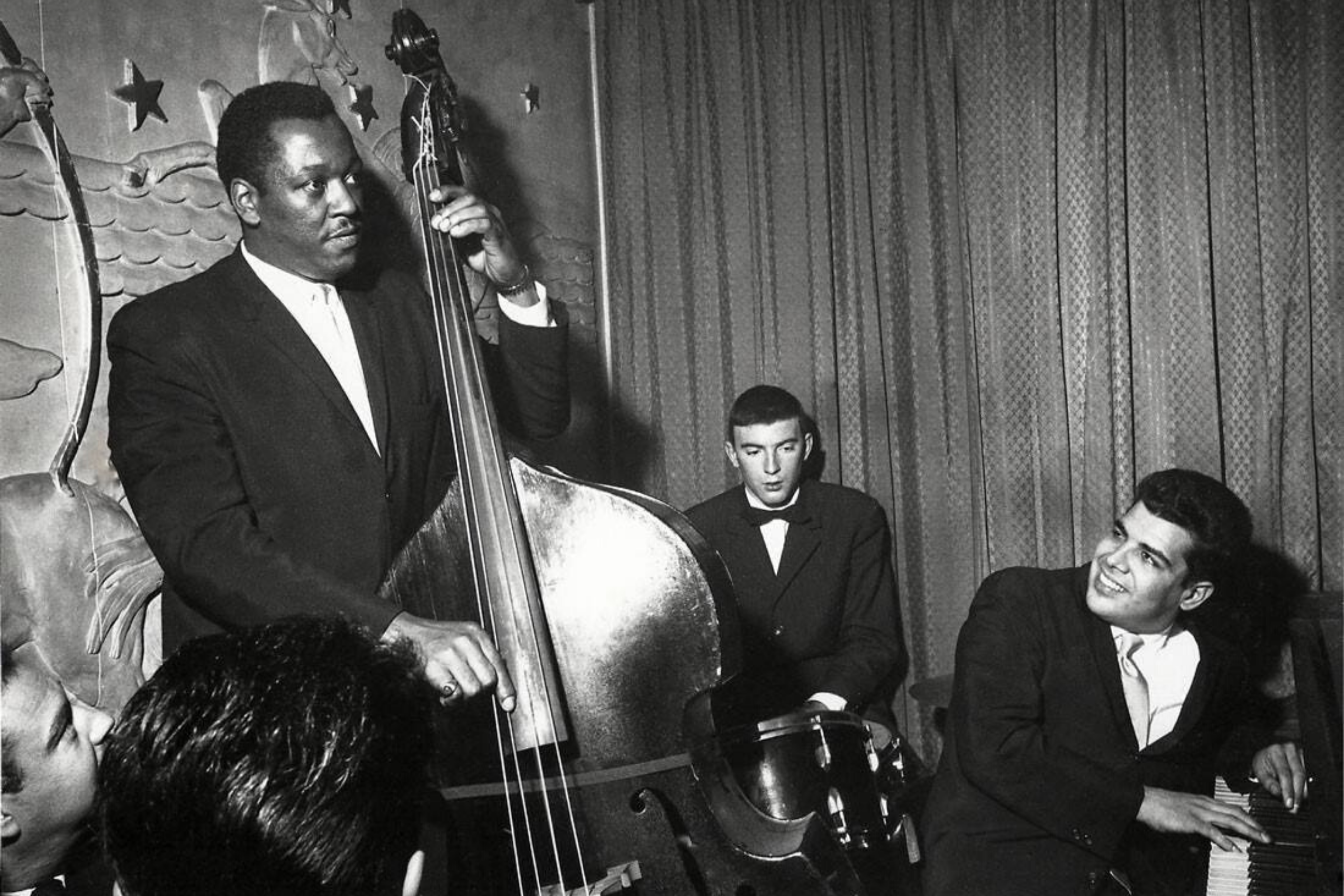
Band leader and bassist Leroy Vinnegar (1928-1999)
Listen to the Great Indiana Songbook playlist
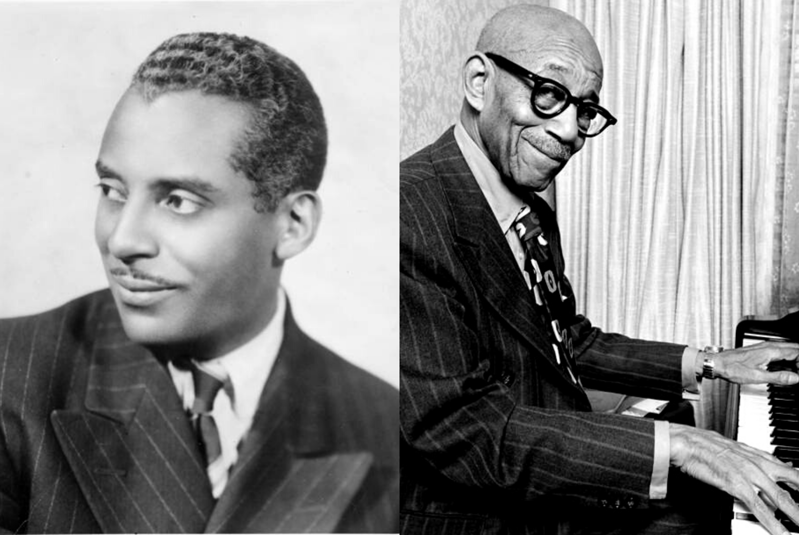
Indiana has a long history of great jazz composers. Noble Sissle (1889-1975), after getting his start on Indiana Avenue, moved to New York. There, with jazz legend Eubie Blake, he co-wrote “I’m Just Wild About Harry” and “Love Will Find a Way” for the Broadway stage.
Learn more about Hoosier artists



